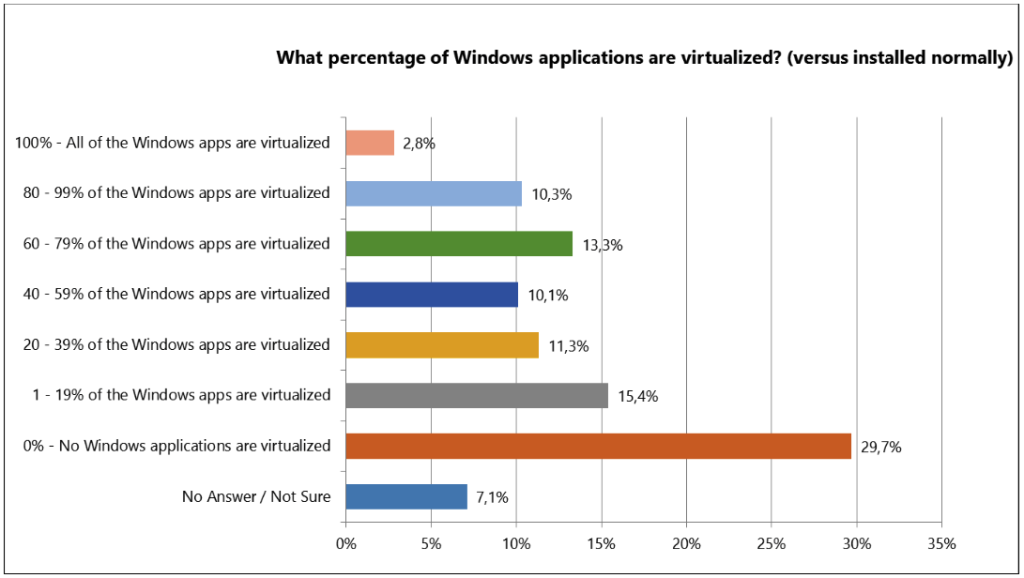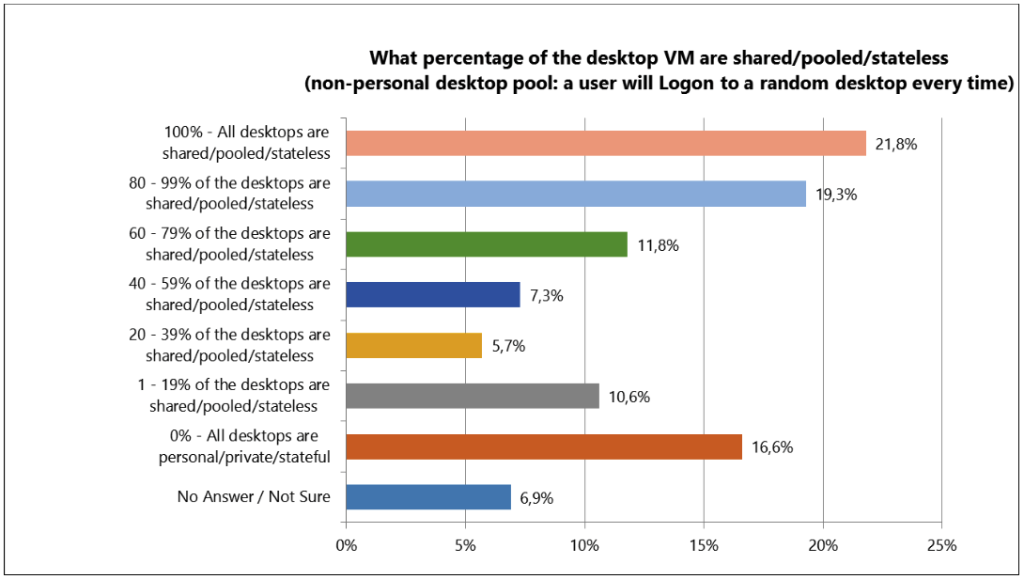 If, by skimming the title, you’re not sure what I am talking about here, which I doubt to be honest, than you need to check out this website first before continuing. Just a few hours ago I received the final results of this years Project VRC and I can tell that there are some interesting and useful facts in there. The beauty of it though, at least that’s how feel, is that it’s all a 100% authentic. With that I mean that all information recorded in the survey is provided by you, the all-round, real deal, no nonsense, hard core, customer focused, he (or she) who only sees solutions and eats problems for breakfast – IT professional! Does it get any better then this? No Really? But wait, let’s stay focussed here, I am allowed to publish two results, so without further ado…
If, by skimming the title, you’re not sure what I am talking about here, which I doubt to be honest, than you need to check out this website first before continuing. Just a few hours ago I received the final results of this years Project VRC and I can tell that there are some interesting and useful facts in there. The beauty of it though, at least that’s how feel, is that it’s all a 100% authentic. With that I mean that all information recorded in the survey is provided by you, the all-round, real deal, no nonsense, hard core, customer focused, he (or she) who only sees solutions and eats problems for breakfast – IT professional! Does it get any better then this? No Really? But wait, let’s stay focussed here, I am allowed to publish two results, so without further ado…
A general overview
I didn’t pick the most obvious ones like what is the most used Hypervisor, Server & Desktop OS’s etc… I think we can all guess the answers there right? Don’t get me wrong though, the report holds a lot of useful and interesting information. What about the general thoughts and interest in DaaS for example, some of the biggest SBC/VDI challenges, AV solutions used, managing SBC/VDI, thoughts on strategic IT vendors, EFSS and the list goes on. They also included some general feedback on the 2015 survey, which is always entertaining, and some promising insights and suggestions for 2016. All in all a must read. There’s also some bad news, you’ll have to wait another three weeks or so before you will be able to get your hand on the 2015 final report. By the way visit Zsoldier’s Tech Blog as well for some of the other results published.
Persistent vs. non-persistent
Since the discussion around persistent vs. non-persistent desktops seems to never end, mostly due to technology innovation, I thought I’d look for some related information. Note that although the below overview doesn’t tell us anything on the solutions used with regards to virtualising applications, nor does it say if it’s applicable to VDI or SBC, although I guess it’s both since that’s the whole idea behind the survey to start with, I still find the outcome somewhat surprising.
I know that it is near to impossible to virtualise all applications (using App-V for example) and that achieving 70 to 80%, as the overview shows us, is in most cases considered to be above average, however, I still expected a higher number of apps to be virtualised, never mind the solution used. Of course I realise that factors like company size and thus the number of applications involved might also have a huge impact on the final outcome.
It’s all about layering
Well not always, but when discussing non-persistent desktops this has always been, and perhaps always will be, a topic of debate. There are a lot of pros and cons surrounding this specific subject making it a (potentially) hard one to get your head around, which I’m not going to try at this time. That’s why the overview below also kind of surprised me. If the majority, not by that much though, of VDI’s is non-persistent, or stateless, you would expect to see a higher number in virtualised, or layered, applications right?
Here I assume that the above overview includes VDI as well as SBC and that the virtualisation of applications goes beyond the use of ‘just’ App-V of course. Is it because a lot of applications weren’t meant to, or can’t, be virtualised, perhaps the wrong technology is used or maybe in some cases it’s lack of knowledge? Virtualising applications is a specialism on its own and is not to be taken lightly, that’s all I mean by that. Perhaps the numbers on this particular subject are just a bit off or most directly installed applications are associated with SBC instead of VDI. Or all off the above, could be, who knows.
Wrap up
Well that’s all I am allowed to share at this moment but I am sure that a lot of Bloggers will follow in the coming day’s and weeks leading up to the final release of this years survey report. Stay tuned, as soon as it’s available for download I will give you guys a heads-up. Project VRC, a great initiative!













